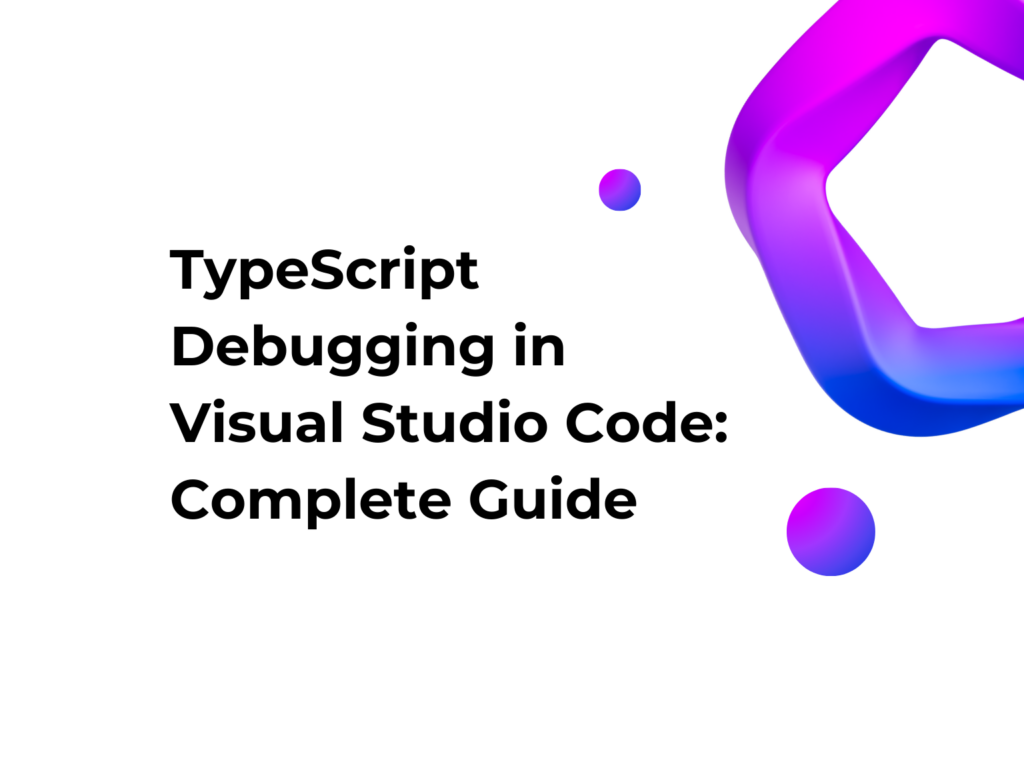Python Visualizer: Guide to Code Visualization
Introduction
When writing code, especially as a beginner, one of the biggest challenges is understanding what is really happening behind the scenes. How are instructions executed? How do variable values change? What is the code execution flow? A Python Visualizer is the perfect tool to answer these questions.
In this article, we will explore what a Python Visualizer is, the main available tools, and how to use them with practical examples to improve learning and debugging.
What is a Python Visualizer?
A Python Visualizer is an application, often available online, that allows you to run Python code while visually displaying variable behavior and control flow.
These tools are very useful for:
- Learning programming, especially for beginners.
- Understanding how algorithms work, thanks to graphical representation.
- Performing debugging, by identifying errors more intuitively.
- Teaching Python, by making concepts such as recursion, loops, and data structures clearer.
A Python Visualizer is not just an advanced debugger but a true educational tool that transforms code into an interactive visual representation.
Why Use a Python Visualizer?
1. Makes Learning Easier
When writing code, especially in dynamic languages like Python, it can be difficult to understand what is happening under the hood. A visualizer allows you to see execution step by step, making variable behavior and function execution clearer.
For example, if you write a for loop, you can see how the loop variable changes in each iteration.
2. Helps Understand Complex Data Structures
If you work with nested lists, trees, graphs, or custom data structures, it can be hard to track modifications in real time. Some Python Visualizers represent these structures with visual diagrams.
For example, if you are working with a nested list:
numbers = [[1, 2], [3, 4]]
numbers[0].append(5)
print(numbers)
A visualizer will allow you to see how the list changes clearly and immediately.
3. More Effective Debugging
Instead of printing print() statements everywhere in your code, a visualizer shows variable evolution in real-time, helping you identify logical errors without having to modify the code constantly.
For example, if you have a recursive function:
def sum_numbers(n):
if n == 0:
return 0
return n + sum_numbers(n-1)
print(sum_numbers(5))
A Python Visualizer will show you how recursive calls are made and how values are accumulated upon returning from the function.
Best Tools for Python Code Visualization
There are several tools available to visualize Python code execution. Here are the most used ones:
🏆 1. Python Tutor
Python Tutor is a free online tool that allows you to execute code step by step, highlighting active instructions and showing variable evolution.
Practical example with a recursive function:
def fibonacci(n):
if n <= 1:
return n
return fibonacci(n-1) + fibonacci(n-2)
print(fibonacci(5))
On Python Tutor, you will see the flow of recursive calls and how values are computed.
🏆 2. Thonny
Thonny is a beginner-friendly IDE with an integrated debugger that allows you to execute code and see how variables change at each step.
Practical example with loops:
for i in range(5):
print(i)
In Thonny, you can see how the variable i evolves with each iteration.
🏆 3. Visual Studio Code + Debugging
If you want a more advanced tool, Visual Studio Code with the Python extension offers a powerful debugger.
Practical example with lists:
numbers = [10, 20, 30]
numbers.append(40)
print(numbers)
You can see how the list dynamically changes during execution.
Which Python Visualizer Should You Choose?
| Tool | Best For… | Platform |
|---|---|---|
| Python Tutor | Beginners, quick debugging | Online |
| Thonny | Beginners, local development | Windows, Mac, Linux |
| VS Code | Advanced debugging | Windows, Mac, Linux |
For beginners, Python Tutor is the best choice. Those looking for a complete development environment will find Thonny ideal. For advanced projects, Visual Studio Code offers the most powerful features.
Conclusion
A Python Visualizer can dramatically improve how you learn and develop in Python. Whether you are a beginner or an advanced developer, these tools will help you understand code deeply and debug more efficiently.
🔹 Have you already tried one of these tools? Let us know in the comments! 🚀

